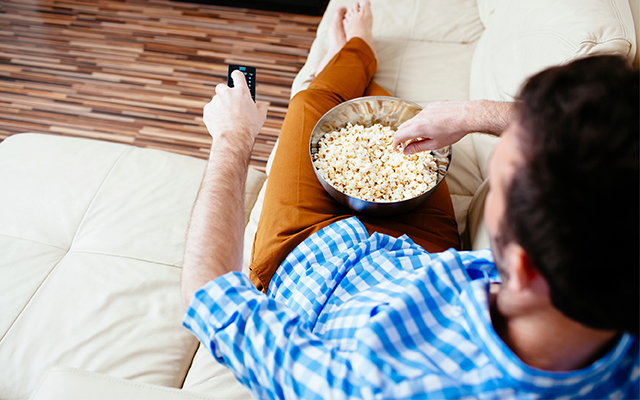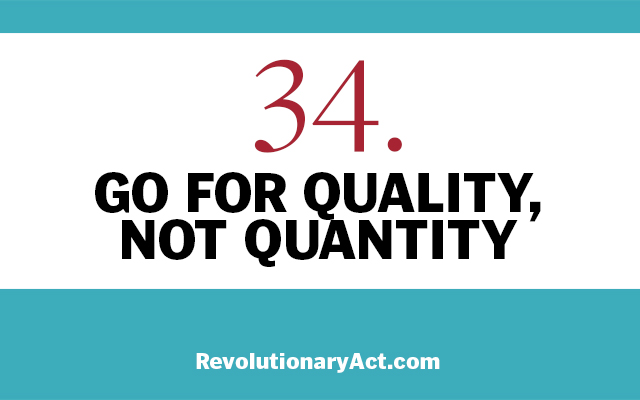Think you make smart, rational choices — at least most of the time — about your health, your money, your love life? Think again. Social science research, and ample anecdotal evidence, proves that assumption wrong.
We’ll complain about the price of a grocery item (“The sign said it was on sale for $3.29, but it rang up at $3.59!”) only to walk to the coffee shop and plop down $4.50 for a latte. We’ll stick with a problematic relationship even though we’ve pinpointed flaws from the start. Or we’ll pursue longevity by running religiously but avoid doctor’s visits and medical tests that would detect common killers.
Why do we make decisions that go against our self-interest?
Several recent books offer insight into our counterintuitive choices. The authors, all human-behavior experts, say it’s in our nature to make irrational choices in certain situations. But take cheer: We can help override our occasional illogic with small environmental changes that steer us toward smarter decisions. When we understand how we make decisions — and how our environment influences those decisions — we can “smarten up” our choices.
Why Good People Make Bad Decisions
For starters, there’s no such thing as a “pure” decision based on cold logic and empirical information. Instead, every choice we make is filtered through the context of our senses and acquired biases. And those decisions are reinforced every time one of them results in instant gratification.
“Those [instantly gratifying] decisions become habit, and habits are hard to break,” says MIT behavioral economist Dan Ariely, author of Predictably Irrational: The Hidden Forces That Shape Our Decisions .
It also can be scary to break with the familiar, says psychologist Rom Brafman, PhD, coauthor with brother Ori Brafman of Sway: The Irresistible Pull of Irrational Behavior. So we’ll stick with unsuitable partners and jobs in repeated episodes of “loss aversion” — times when we make every effort to avoid losing an “investment” of years spent, even if they were bad years.
And what fuels our perception that the occasional cigarette or delayed medical test won’t ever affect us? Harvard legal scholar Cass Sunstein and University of Chicago economist Richard Thaler, coauthors of Nudge: Improving Decisions About Health, Wealth, and Happiness, suggest that it is “unrealistic optimism,” or our tendency to see ourselves as immune from common problems. (“Other people might suffer a heart attack or have a drinking problem or get divorced — but not me!”) We perceive ourselves as having a “free pass,” and in that frame of mind, it’s easy to justify irrational decisions.
Choice Architecture
You can help yourself make smarter choices by becoming a “choice architect,” say Thaler and Sunstein. Choice architecture is the practice of reorganizing the context in which you make decisions — in other words, making a change in your physical surroundings or daily processes to promote better decision-making. A simple example: If the fridge is stocked with fresh fruits and veggies, and the frozen toaster tarts are conspicuously missing, you’re set up to make the healthier choice.
It’s critical that we institute our own choice architecture, because our world is teeming with sneaky choice architects who work to influence our decisions to benefit them — often to our detriment. Credit-card companies cleverly place the enticing “minimum amount due” box right next to that huge depressing total — and we take the bait despite knowing we’ll pay much more in interest (while they rake in even bigger profits). Advertisers employ clever psychological devices to trigger the brain’s reward center and encourage us to buy items we don’t need (and sometimes don’t even want).
But with a little planning and rearranging, we can help ourselves make smarter choices about the things that matter most.
Small Changes, Better Choices
When staff at a large school cafeteria altered the layout of food — carrots at eye level, French fries further out of reach and desserts in a remote line — children chose healthier foods, report Sunstein and Thaler. The manipulation was designed by a supermarket consultant skilled in grocery layout tricks that get us to choose processed, expensive junk (the junk-makers pay for prime placement) over fresh, whole foods. Obviously you can’t rearrange your grocery store, but always bringing a list when you shop will help you ignore the purchase persuaders.
Try the following strategies to create healthier choices:
- At home, cut fruit and veggies into snack-friendly sizes and keep them front and center in the fridge; sequester unhealthy treats in the back of a high cupboard or buried in the freezer (or don’t bring them home at all).
- Keep exercise gear front and center. Park your workout shoes right by the bed if you want to go to the gym first thing in the morning. Leave your bike near the garage door so you can access it easily when you want to ride.
- At restaurants, be aware that peer pressure can lure you into ordering and eating more than you otherwise might. “We know from studies that people really want to be similar — if others order appetizers, or drinks, or dessert, we’ll get them, too. And we tend to get similar entrées,” says Ariely. We’ll also cave to what the waiter is pushing, he notes. Smart tactic: Make your decision before the waiter comes and order before others. You can even look at the restaurant menu online and make your decision before you go. Restaurant portions also tend to be on the large side, so ask for a to-go box right away and stash a portion before you start.
- Use cash. Sunstein and Thaler cite multiple studies showing that people spend more when paying by credit instead of cash. Try withdrawing the amount of money you need for weekly expenses and leaving your credit cards at home. If you still feel plastic’s siren song, try making them even less accessable: put your card in a lockbox in the basement and stash the key in a drawer on the upper floor. Then, when you get the urge to spend, you will have several flights of stairs and extra effort to think through whether the item in question is really worth it.
These are just a few examples of how to help yourself make smarter, healthier choices — and to nudge yourself toward a happier, more fulfilling life. With these types of small changes, says Ariely, you’ll soon be on the road to “behaving like the person you want to be.”
Make the Smart Choice
Have a goal you want to reach but struggle making the choices that will get you there? Here is some smart architecture for specific goals:
- If you want to eat more whole foods, buy a subscription to a CSA (community supported agriculture). CSA farmers deliver fresh, seasonal produce to your door each week. The amounts are often quite generous, as well. You’ll be hard-pressed to not eat your veggies when they’re delivered directly to you in their seasonal prime.
- If you want to be more active, always park your car a healthy distance from your destination (the far end of the parking lot or the opposite end of the block). Also make a commitment to take the stairs when you have a choice. You’ll work more steps into your day without having to work in the time needed for a traditional workout.
- If you want to save money, pick one small spending habit and pay yourself not to do it anymore. For every morning you make coffee at home and forgo the pricey coffeehouse, put a dollar in a jar. You’ll have a nice kitty at the end of the month to add to savings.
- If you want to choose any better option (stop smoking, clean your garage, you name it), sign up with www.stickk.com. You sign a binding contract to carry out your goal, commit some cash, and then if you don’t do what you say, your dough goes to charity — or, even better, an anti-contribution (think donation to cigarette-maker Philip Morris). Or negotiate a Stickk with a friend who’ll resist your excuses and make you pay up.
This article has been updated. It originally appeared as “The Smarter Choice” in the May 2009 issue of Experience Life.




This Post Has 0 Comments